Picture the scene if you will. You’ve just grabbed your trusty Canon DSLR, or mirrorless camera, and spent the best part of a day trekking through the beauty of the British wilderness topping up your state of mind. You find the most picturesque location, a waterfall that sparkles with glistening rocks and mineral deposits.
Or maybe it’s a canyon, covered in lush greens and jagged rocky details. You set up your tripod, throw on your ND filters and a nice 0.9-stop grad to keep the sky in check. You dial in the perfect settings to get that glassy look in your water or a sweeping blur in the clouds.
Next thing you know and you’re strapping your kit lens to the front and taking a shot only to be disappointed at the optical quality, chromatic aberration and distortion. What you need is an upgrade in the lens department… did we mention that’s kind-of our thing?
Taking a look at a range of lenses covering Canon’s three main mounts, the EF/EF-S, R and M-mounts, any of this stunning glass will give you the confidence to let people pixel peep at your shots, not to mention scrutinise your best prints from an inch away. Get your wallets at the ready, check the weather for the weekend and buckle up for the list of your life.
The best Canon lenses for landscapes
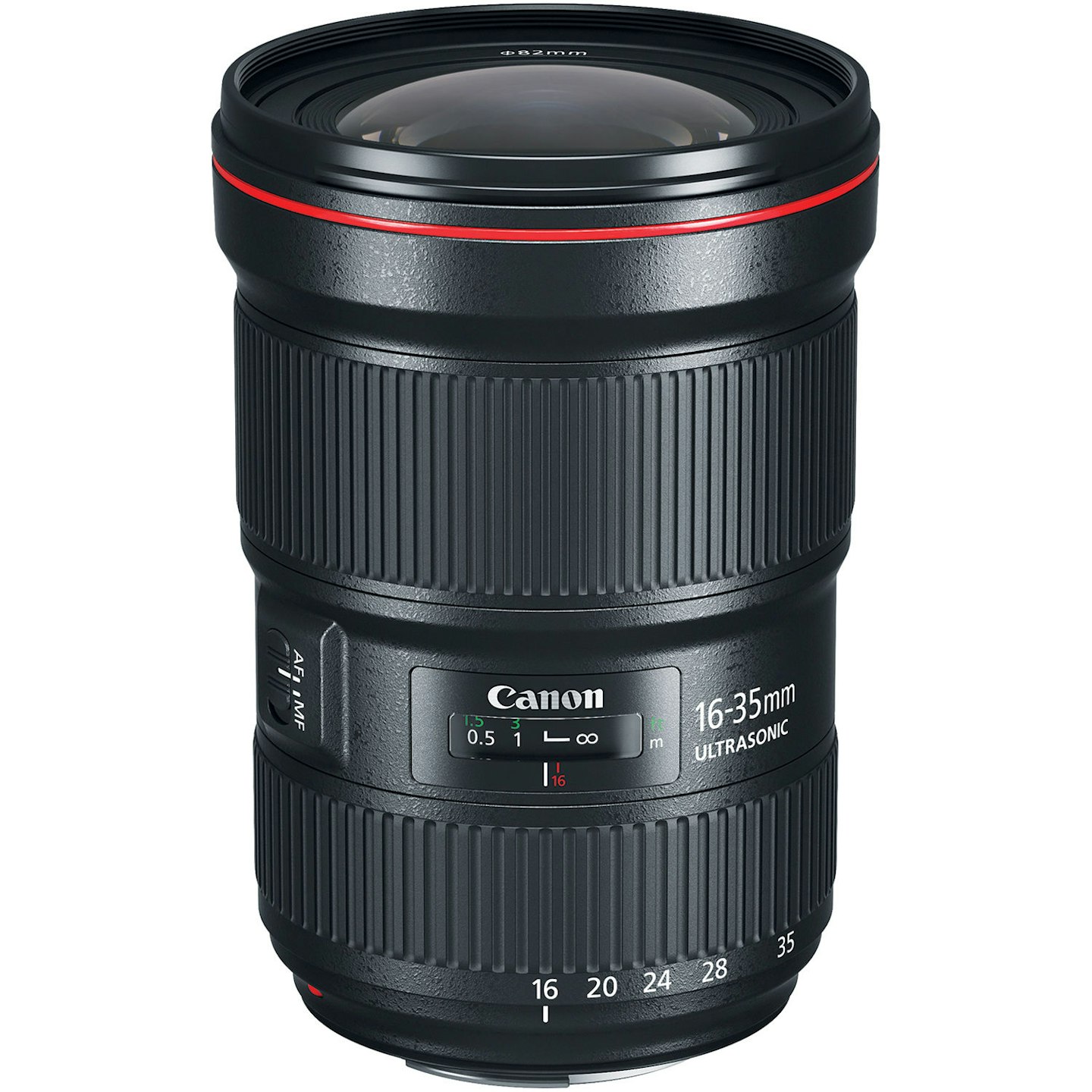 1 of 8
1 of 8Canon EF 16-35mm f/2.8L III USM
Get yourself a plaster, this lens is so sharp there could be blood. It covers the ultra-wide to wide 16-35mm focal range, offers a super-fast constant f/2.8 aperture - usable for astro shots - and features the exceptional L lens quality and build you'd expect. On APS-C bodies you'll get roughly a 26-56mm focal length - more than usable. We don't know what else to say, it's sharp, it focuses very well and it's a wonder that you don't have this in your kit bag already!
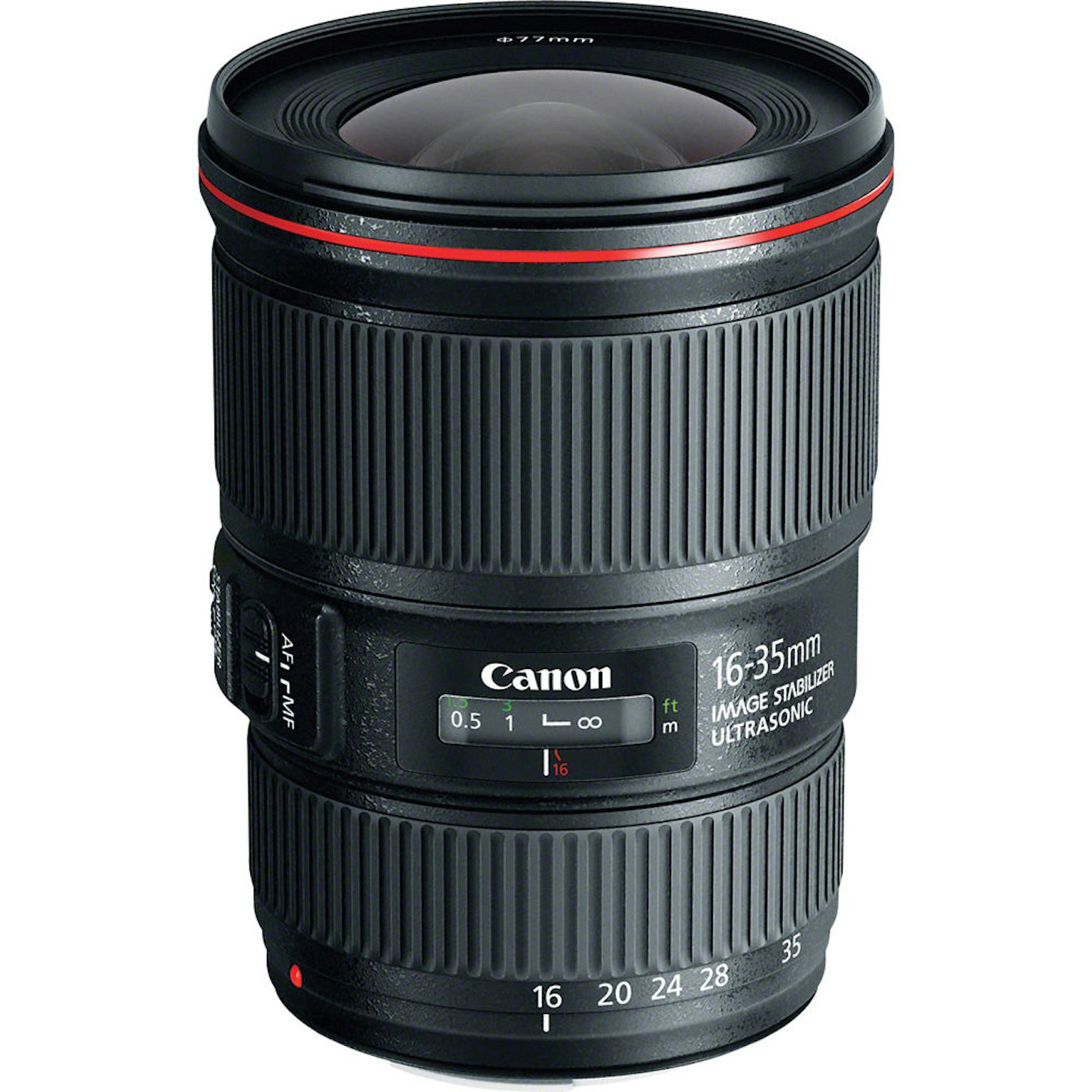 2 of 8
2 of 8Canon EF 16-35mm f/4L IS USM
"What are you on about? You've already included the 16-35mm!" Well, that's true, but this version loses a stop of aperture with a fixed f/4 at the wide end but comes in at half the price because of it. With landscape photographers happily sitting between f/8 and f/16, you won't miss the wider aperture, and the renowned 'L' glass image quality is undeniable. It also comes with 4 stops of image stabilisation, making it perfect for hand-held shots in low-light conditions. If you want the best on a budget, look no further.
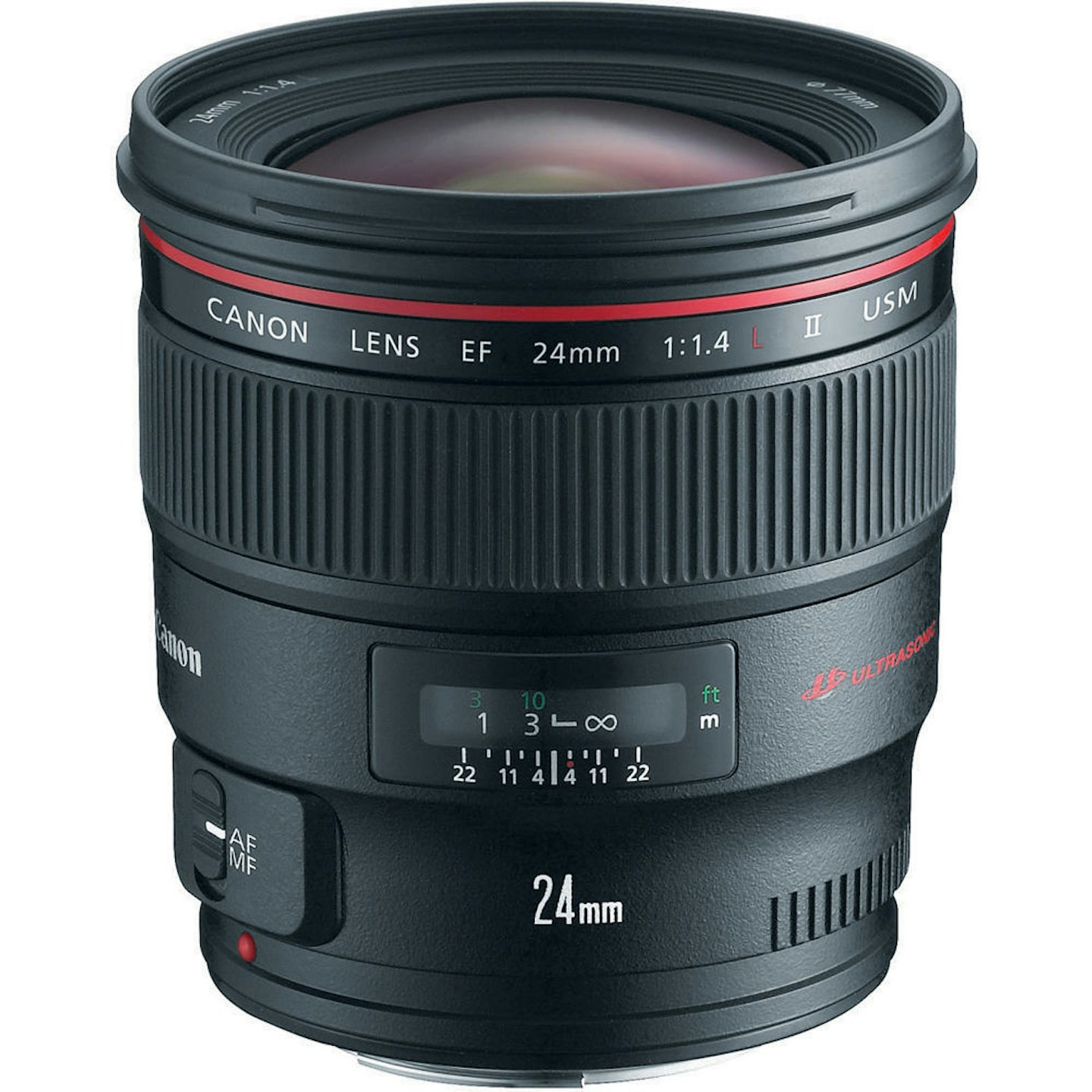 3 of 8
3 of 8Canon EF 24mm f/1.4L II USM
At 24mm this sits at the start of the wide angle class, but is more than enough to capture sweeping views. It also offers an ultra-wide f/1.4 aperture which means it's a beast for low-light work and is guaranteed to give you stellar astro shots - pun very much intended. There's a close focusing distance of only 25cm, responsive Ultrasonic focusing motor and a brace of aspherical lenses to correct distortion in your shots.
 4 of 8
4 of 8Canon RF 15-35mm f/2.8L IS USM
The most expensive lens on our list, and another that sits around the same focal length, this brand new optic has been designed to work exclusively with Canon's full-frame mirrorless R range. It gives you an ultra-wide 15mm, fast fixed f/2.8 aperture and 5 stops of image stabilisation. Three aspherical lenses help combat distortion and the Ultrasonic motor gives fast autofocus. If you demand the best and you're rocking an EOS R, or even eyeing up the new EOS R5, then this is where you need to look.
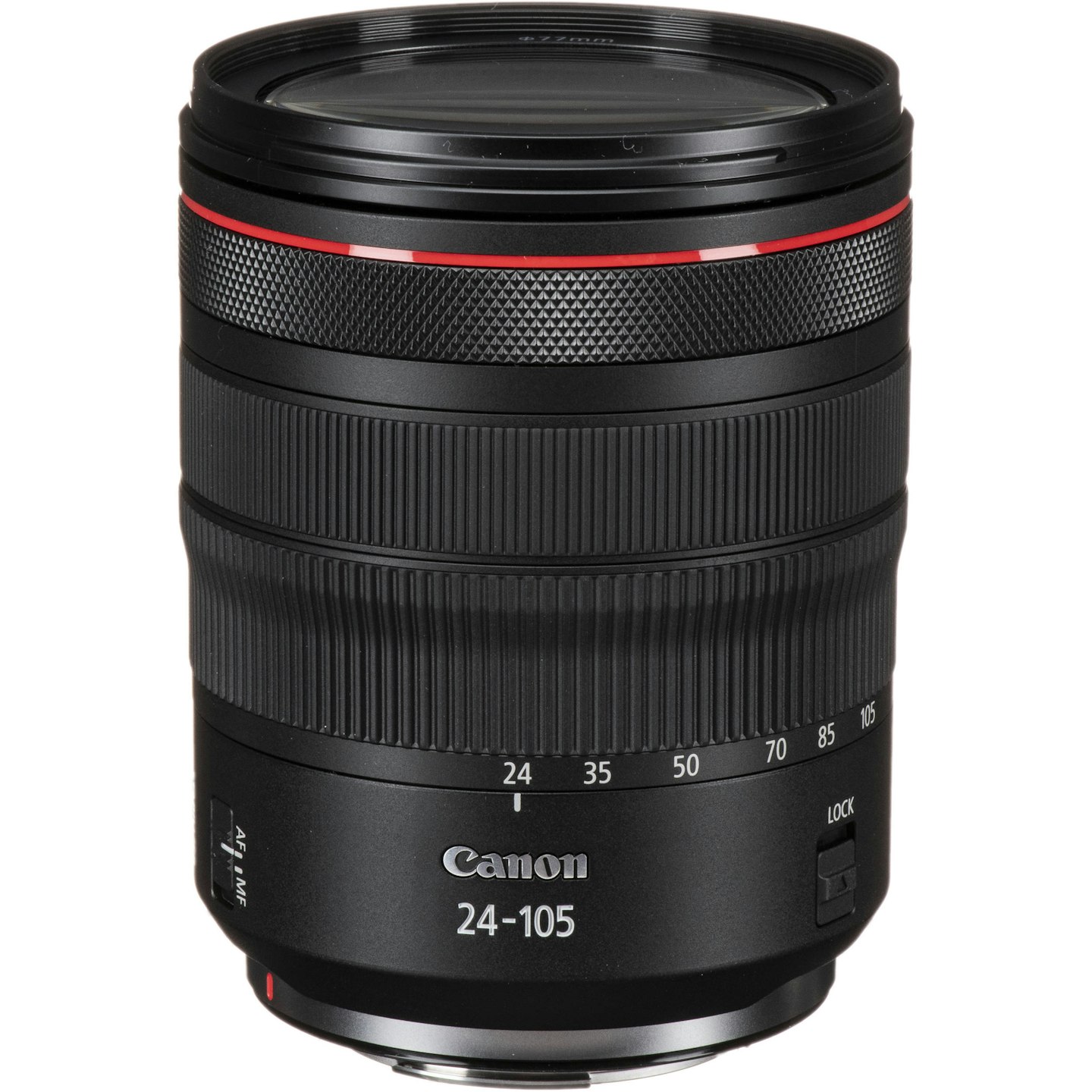 5 of 8
5 of 8Canon RF 24-105mm f/4L IS USM
You may be expecting one of the stunning 24-70mm f/2.8L optics on this list, but let's try something a bit different, shall we? Both the EF and RF mounts boast a 24-105mm f/4, but we're taking a look at the newest mirrorless version. It gives you great reach from a wide 24 to a mid-range telephoto of 105mm at the longest end, making it ideal for picking out sweeping scenes or finely rendered details. There's 5 stops of optical stabilisation to keep your shot steady and an ultra-quiet USM focusing motor. The wide f/4 aperture remains constant throughout the focal range and the 'L' image quality is very much on the reassuring side. It's also much higher on the bang for buck scale than the 24-70mm f/2.8 #winning.
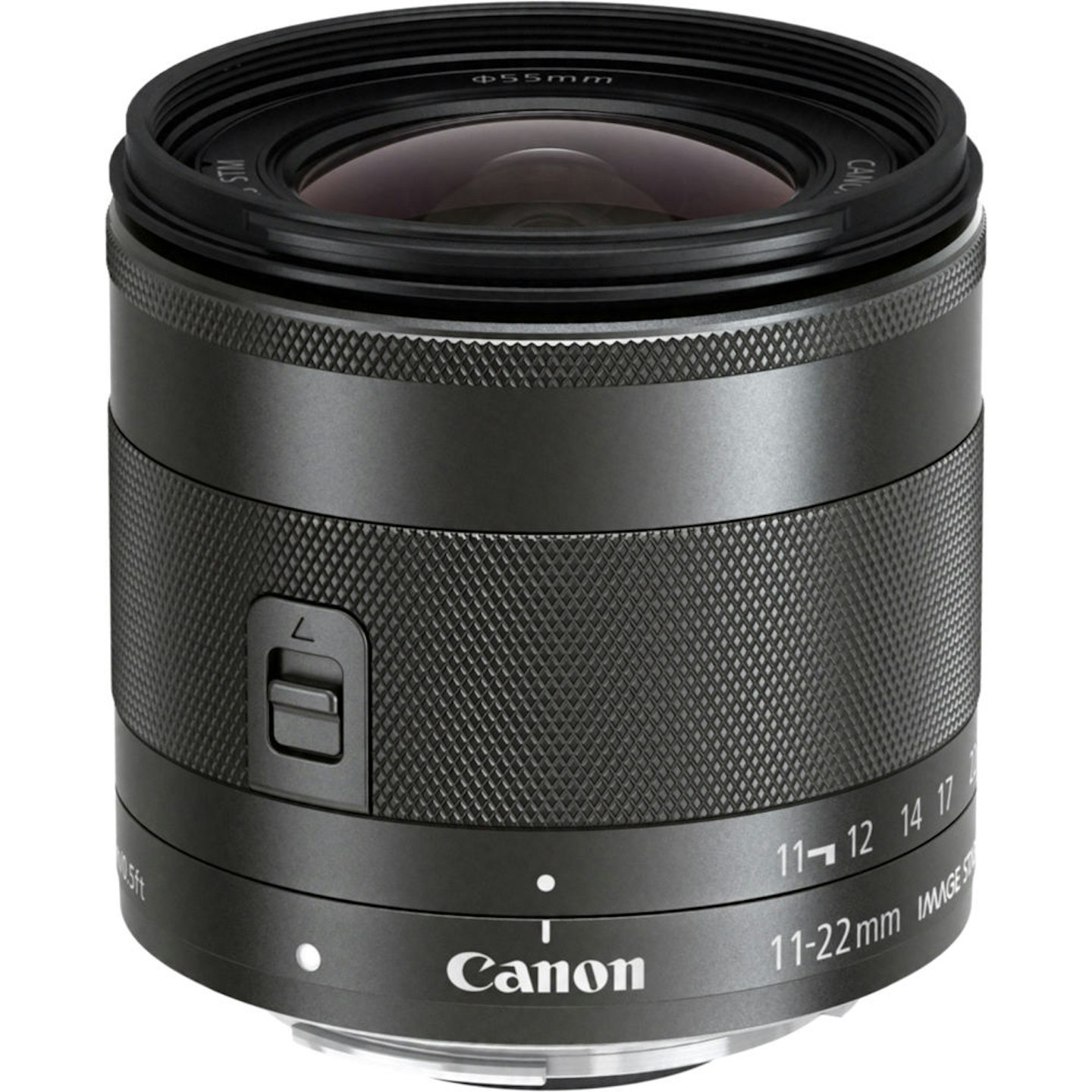 6 of 8
6 of 8Canon EF-M 10-22mm f/4-5.6 IS STM
Coming in at the cheaper end of the scale, this lens is designed for the company's APS-C mirrorless range of M cameras where it offers a wide 18-36mm zoom range. The aperture, though not fixed, gives a solid f/4-5.6 which is a great starting point for sharp scenes. It features a nippy STM stepping motor focusing system, as well as fitting in with the compact ethos of the M range and weighing only 220g. There may not be a huge range of lens options for the M line-up at present, but this is a definite starting point.
 7 of 8
7 of 8Canon EF-S 10-22mm f/3.5-4.5 USM
Arguably the best budget-friendly Canon glass for its cropped EF-S mounts, this lens offers an ultra-wide 16mm equivalent when you apply the 1.6x crop of an APS-C sensor. It also extends to approximately 35mm at the long end, which covers most of your traditional landscape requirements. Though not an 'L' optic, it returns some solid results and gives you a relatively wide variable aperture and close focusing distance of 22cm. If you're looking at getting more for less, this could be the gateway to the rest of your landscaping life.
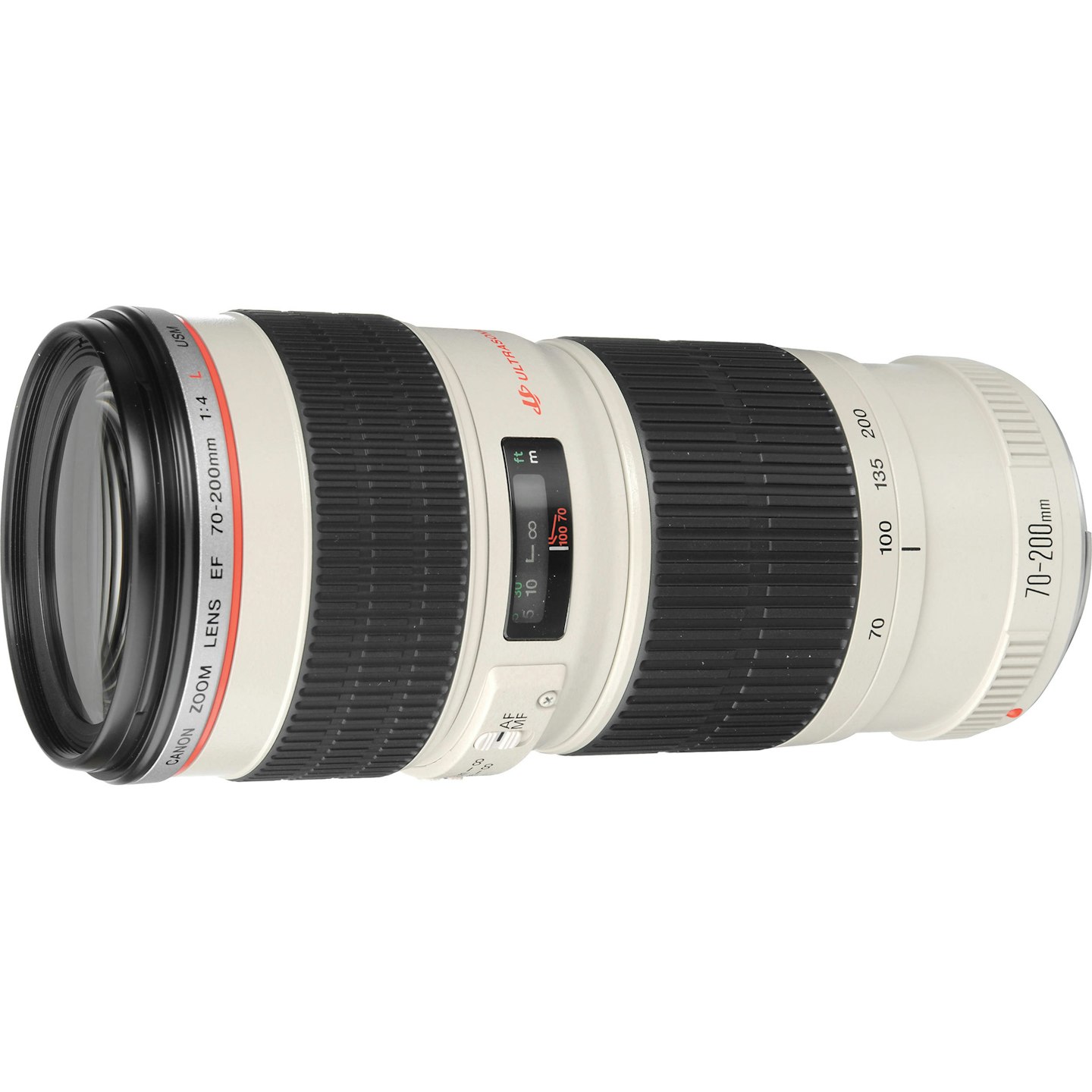 8 of 8
8 of 8Canon EF 70-200mm f/4L USM
"A 200mm for landscapes? Have you lost the plot?" Nope, not at all. Telephoto landscapes are all the rage now, allowing you to pick out abstract details as well as create ultra-tight crops of epic views. Of course, you may want a mix of excellent optical quality and budget-friendly, which is where this f/4 L optic comes in. It's not the latest version, nor is it the f/2.8 flagship lens. However, you'll often want a narrow aperture and stabilisation on a tripod isn't necessary so save yourself some cash and grab this as a smart option.
Subscribe to the What’s The Best Newsletter to keep up to date with more of the latest reviews and recommendations from Kirk and the rest of the What’s The Best team.
Kirk Schwarz is a tech-addicted photographer with over a decade's experience; Kirk’s used to putting new gear through extreme field testing. He's previously written for Practical Photography.
